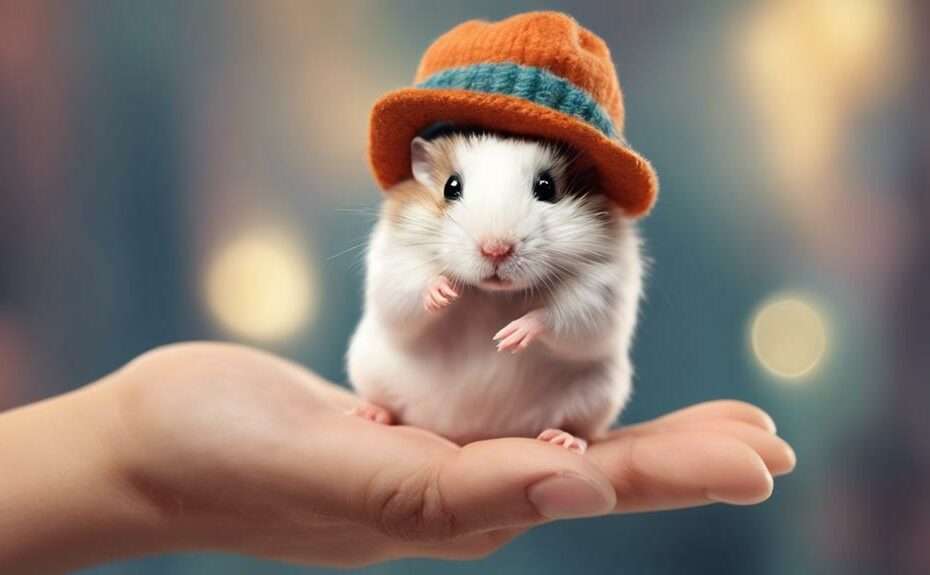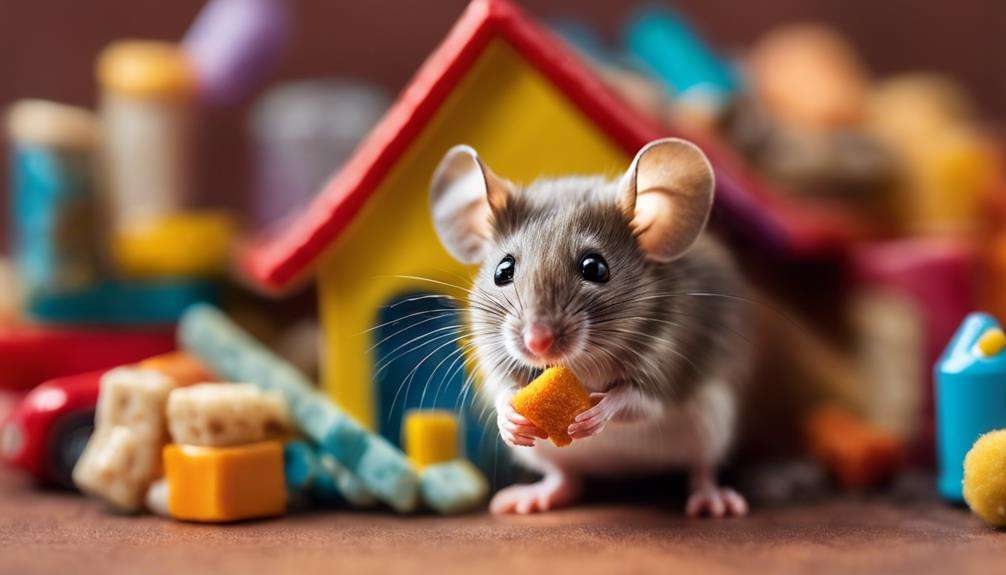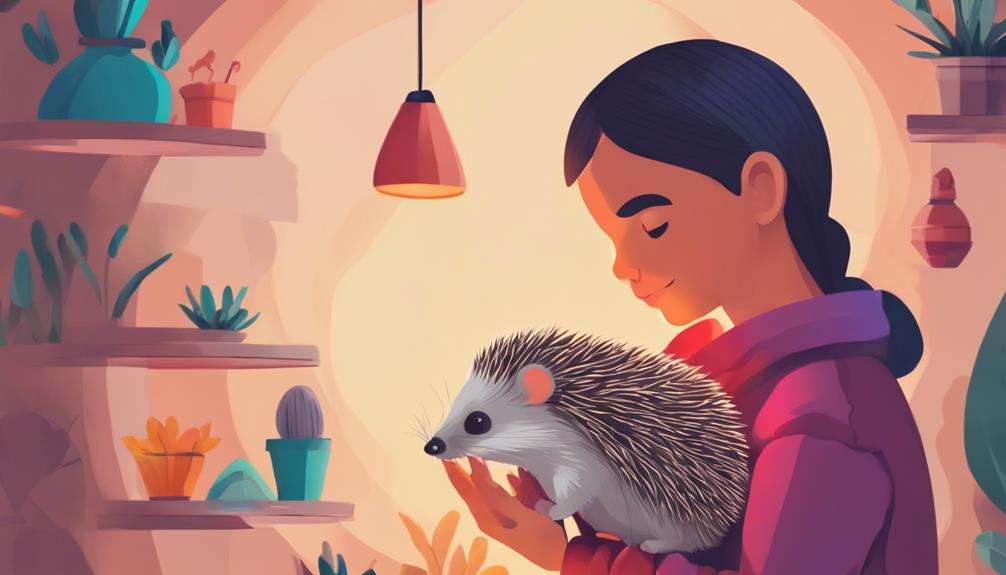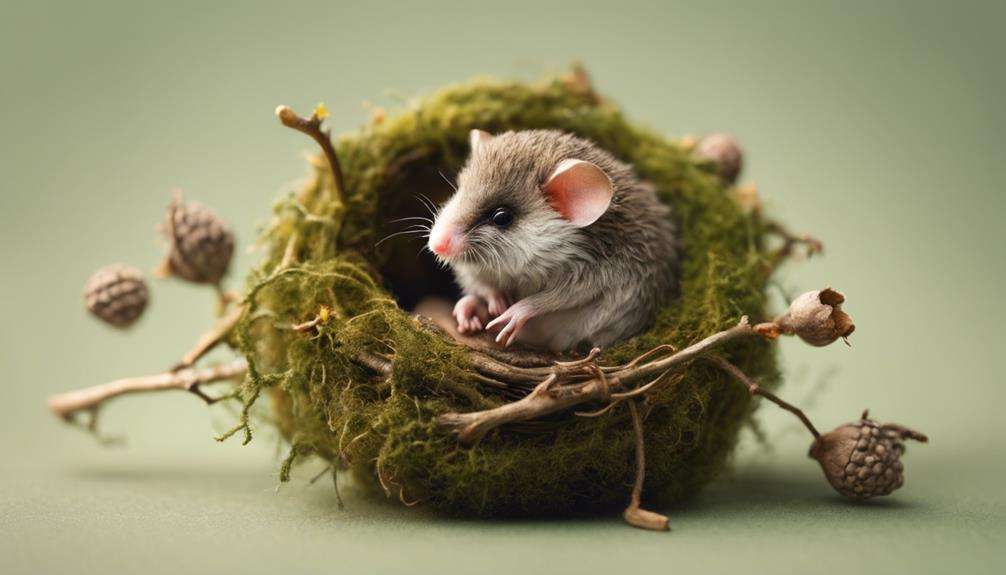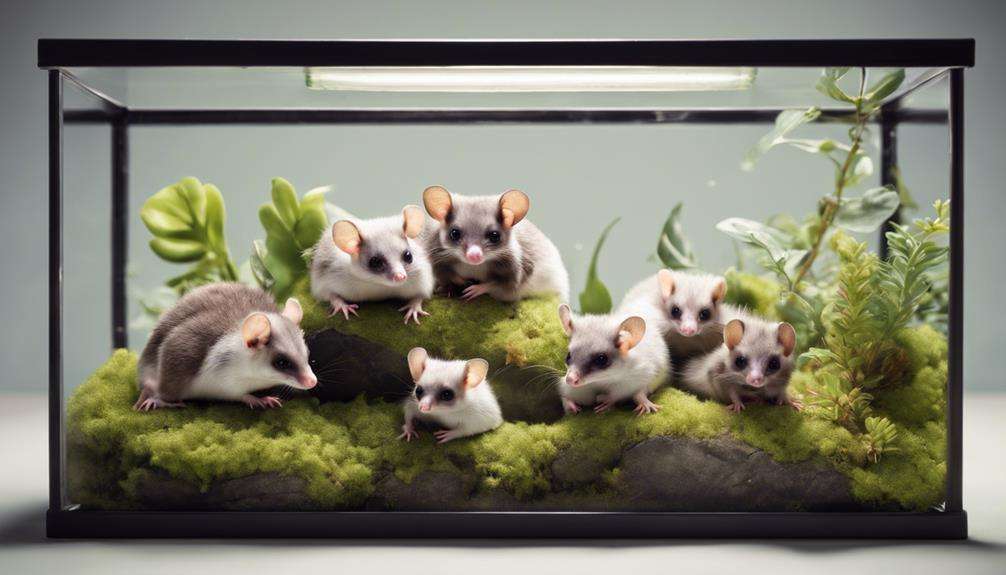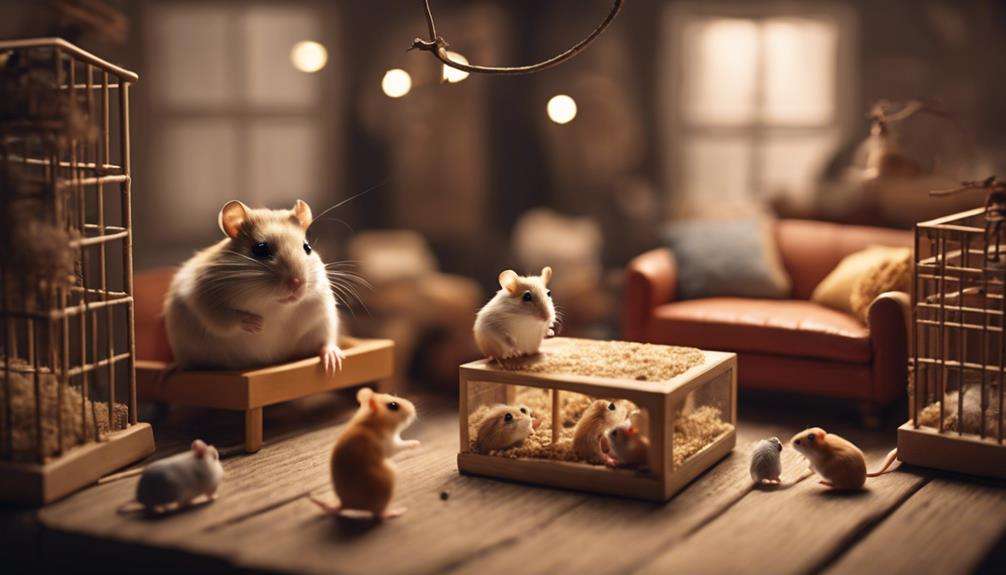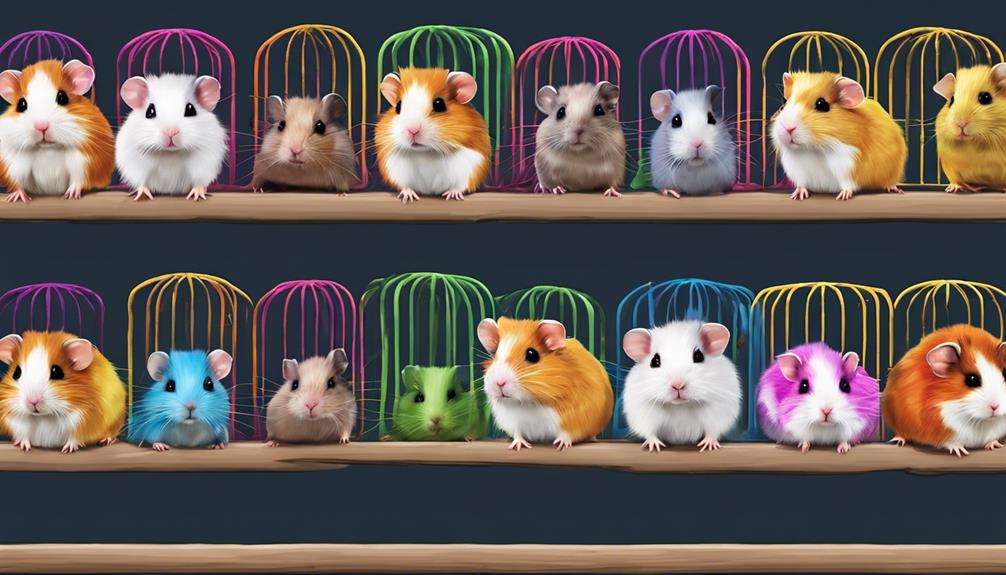Have you ever wondered why pocket-sized pet mammals seem to have an extra dose of quirkiness compared to their larger counterparts?
Their pint-sized stature might be deceiving, but behind those tiny whiskers and twitching noses lies a world of intriguing behaviors waiting to be uncovered.
From their playful antics to their curious nature, these small furry creatures have a way of capturing your attention and keeping you on your toes.
But what exactly is it that makes them so uniquely quirky? Stay tuned to find out the fascinating reasons behind their charming eccentricities.
Key Takeaways
- Small size and unique characteristics lead to entertaining antics and quirky behaviors.
- Intelligence, adaptability, and social nature contribute to their charming quirkiness.
- Distinctive behaviors like hoarding, vocalizations, and acrobatics make them fascinating companions.
- Quirky interactions, communication, and feeding habits showcase their endearing and entertaining nature.
Characteristics of Quirky Pocket-Sized Mammals
Pocket-sized pet mammals, such as hamsters and mice, exhibit a range of quirky behaviors that stem from their small size and unique characteristics. These small pets are known for their entertaining antics, which are a result of their intelligence, adaptability, and social nature. Due to their compact size, pocket-sized mammals can engage in a variety of comical activities that bring joy and amusement to their owners.
Their curious and playful tendencies lead them to explore their environments in amusing ways, creating delightful moments for those who interact with them. The quirkiness of these small pets adds charm and personality to their interactions, making them endearing companions. Whether it's watching a hamster stuff its cheeks with food or observing a mouse dart around its habitat, the unique qualities of pocket-sized pet mammals make them a source of entertainment and joy for pet owners.
Unique Behaviors of Small Exotic Pets
Small exotic pets, known for their distinctive behaviors stemming from intelligence and adaptability, showcase a range of quirky habits that captivate and entertain their owners. These pocket-sized companions exhibit a fascinating array of behaviors that make caring for them a delightful experience.
From hoarding food to creating intricate nests, small exotic pets like hamsters and gerbils display unique quirks that highlight their intelligence and curiosity. Additionally, some small mammals, such as guinea pigs, communicate through distinct vocalizations, creating a bond with their owners and fellow companions.
Furthermore, the agile and acrobatic movements of these pets add a playful and entertaining element to their behavior. Watching them scamper around their habitat or perform acrobatic feats can be both amusing and endearing. These quirky behaviors contribute to the charm and appeal of small exotic pets, making them interactive and fascinating companions for pet owners seeking a unique and engaging animal companion.
Quirks in Pocket-Sized Mammal Care
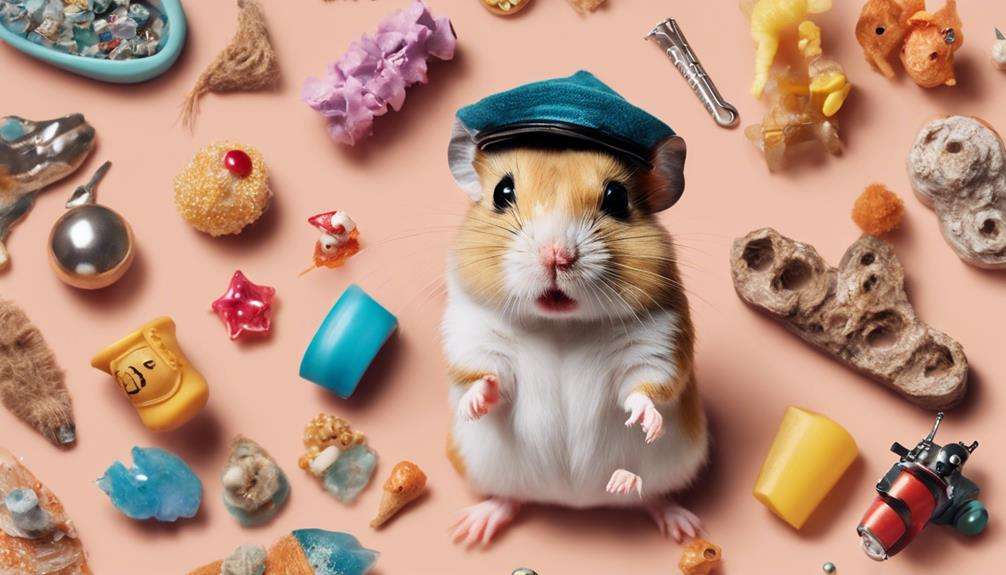
To effectively care for pocket-sized mammals, understanding and accommodating their unique quirks is important for ensuring their well-being and happiness. These small animals have specific needs that require attention to detail. Due to their delicate anatomy, it's important to handle them with care, avoiding any rough movements that could cause harm. Additionally, their sensitive prey instincts mean they may startle easily, so providing them with a safe and secure environment is essential.
Pocket-sized mammals also have distinct social requirements. Some species thrive in groups, while others prefer solitude. It's important to research and understand the social dynamics of the specific mammal you have to make they're getting the interaction they need. Quirky behaviors like specific wake and sleep cycles, acrobatic movements, and unique vocalizations are common among these small mammals. Observing and adapting to these behaviors can help you provide proper care and enrichment, fostering a strong bond between you and your pocket-sized pet.
The Appeal of Unusual Small Pets
When considering unique pets, the charm and entertainment offered by pocket-sized mammals like fancy mice, hamsters, and gerbils are undeniable. These exotic mammals have a special allure due to their quirky behaviors, making them fascinating companions for individuals seeking something different.
Pocket pets are particularly appealing to those with small living spaces, as their compact size allows them to thrive in constrained environments where larger animals might struggle. The playful and curious nature of these small pets adds a delightful touch to any home, with their endearing habits such as burrowing, nesting, and exploring enchanting the hearts of their owners.
Owning a pocket-sized exotic mammal not only brings joy and companionship but also introduces a unique experience that sets them apart from more traditional pets. Their ability to fit seamlessly into limited living spaces while still providing entertainment and companionship makes them a popular choice for those looking for an unconventional yet rewarding pet.
Quirkiness in Small Mammal Interactions
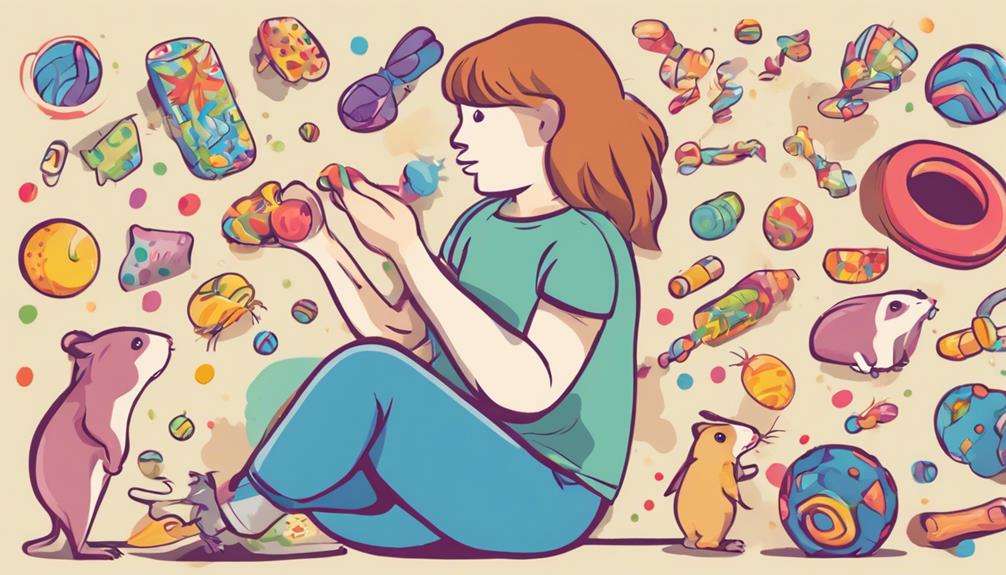
Small mammals exhibit fascinating social play behaviors, communicate through a variety of sounds, and showcase unique feeding habits that highlight their quirky nature.
As you observe these pocket-sized pets, watch how they interact with each other through playful antics, vocalizations, and distinctive eating rituals.
These quirky traits add depth to your understanding of these small mammals and make every interaction with them a delightful experience.
Social Play Behaviors
In social play behaviors exhibited by pocket-sized pet mammals like rats, mice, and gerbils, interactions such as chasing, wrestling, and grooming play important roles in establishing bonds and hierarchy within their group.
Play fighting among these small mammals aids in the development of coordination, communication skills, and social relationships. Quirky behaviors like popcorning in guinea pigs, zoomies in hamsters, and synchronized grooming in rats not only entertain but also promote physical and mental stimulation.
These social play behaviors serve as a way to reduce stress, foster trust among group members, and uphold mental well-being in captivity. The quirky social interactions seen in pocket-sized pet mammals showcase their intelligence, adaptability, and complex social structures, contributing to their overall quality of life in captivity.
Communication Through Sounds
Pocket-sized pet mammals exhibit a diverse range of quirky sounds to communicate emotions and needs, adding charm and depth to their interactions with owners.
Small mammals, including pet rabbits, use vocalizations like chirping, squeaking, chattering, and purring to convey various messages. These sounds are essential for their social interactions, mating behaviors, and territorial signaling.
Each species of small mammal has its unique set of vocalizations tailored to their communication patterns and social structures. Understanding and interpreting these sound cues can help pet owners connect better with their furry companions and address their requirements effectively.
The quirky sounds produced by these pocket-sized pets contribute to the overall charm and personality of their interactions, strengthening the bond between owners and their small mammal friends.
Unique Feeding Habits
What fascinating eating habits do these pint-sized companions of yours possess?
Pocket-sized pet mammals exhibit a range of quirky feeding behaviors that showcase their unique adaptations. For instance, hamsters with their specialized cheek pouches can store food efficiently, while chinchillas have specific dietary requirements like hay for dental health.
Exotic animals like sugar gliders may showcase social feeding behaviors, emphasizing group dynamics during mealtime. Guinea pigs stand out for their vocal expressions of excitement when anticipating food or treats, adding a touch of charm to their feeding routines.
Small mammals like gerbils might engage in social feeding, sharing food within their group to foster relationships and establish hierarchy. These diverse feeding habits add to the allure of caring for these delightful creatures.
Understanding the Quirky Nature of Pet Mammals
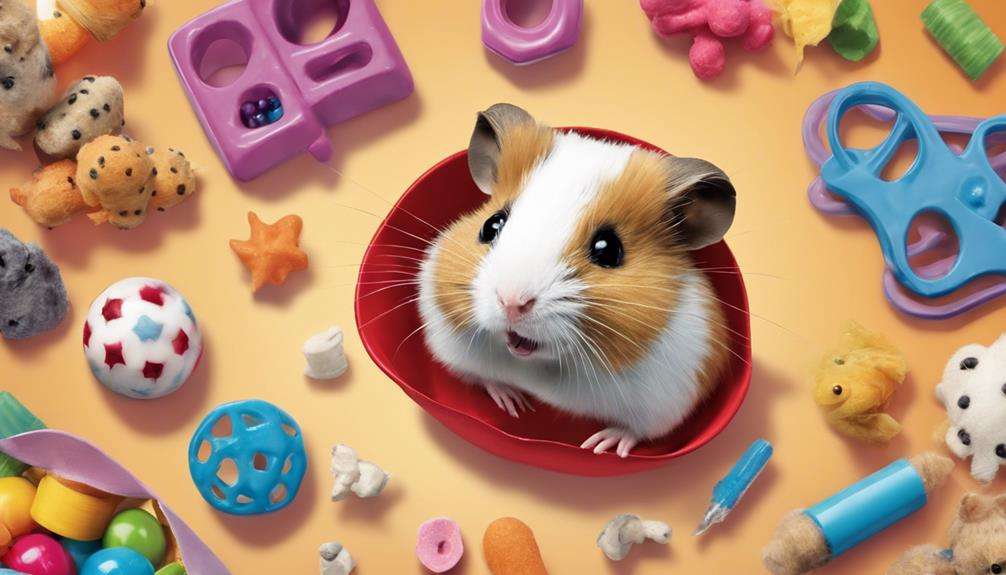
Understanding the quirky nature of pet mammals involves delving into their unique instincts and adaptations that contribute to their playful behaviors and charming personalities. Pocket-sized pet mammals, such as hamsters, guinea pigs, and mice, exhibit these quirks due to their small size and evolutionary history. When kept as pets, these mammals often display playful antics, curious exploration, and engaging social interactions that endear them to their owners.
Factors like their natural habitats and domestication influence their quirky behaviors, as they adapt to living in human environments. For example, pocket-sized pet mammals may exhibit behaviors like burrowing, hoarding food, or building nests, reflecting their instincts in the wild. Understanding and appreciating these quirks can lead to a deeper bond with these animals, enhancing the companionship and enjoyment derived from having them as pets.
Whether adopted from an animal shelter or purchased from a breeder, these small mammals provide love and entertainment to those who welcome them into their homes.
Frequently Asked Questions
Why Are Small Mammals so Cute?
Small mammals are cute due to their playful behavior, unique grooming habits, curious personalities, and endearing expressions. Their tiny size, soft fur, and charming interactions make them irresistible pets, adding joy to your life.
Why Are Small Animals so Twitchy?
You startle easily because of your nervous habits. Quick movements trigger your shy behavior. Small animals' twitchiness is an instinctual survival trait. Respect their nature to help them feel safe and thrive in captivity.
Why Do Humans Like Small Furry Animals?
You love small furry animals for human psychology and the cuteness factor. Evolutionary preference for small companions and emotional connection with furry friends drive your affection. Cultural influences and pet trends also shape your bond.
Why Do Humans Think Baby Animals Are Cute?
When you see baby animals, your brain's evolutionary wiring kicks in, triggering a surge of positive emotions. It's a biological instinct to care for these adorable creatures due to their innate cuteness, fostering a deep emotional connection.
Conclusion
You may be surprised by the quirky nature of pocket-sized pet mammals, but their unique behaviors and personalities add a special charm to your life.
Embrace their playful antics and enjoy the companionship they provide in your home. By understanding and appreciating their quirks, you can truly experience the joy of having these small exotic pets as part of your family.
So, let their unusual traits bring a sense of delight and amusement to your daily routine.
